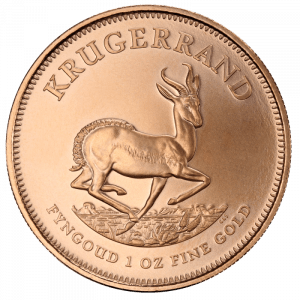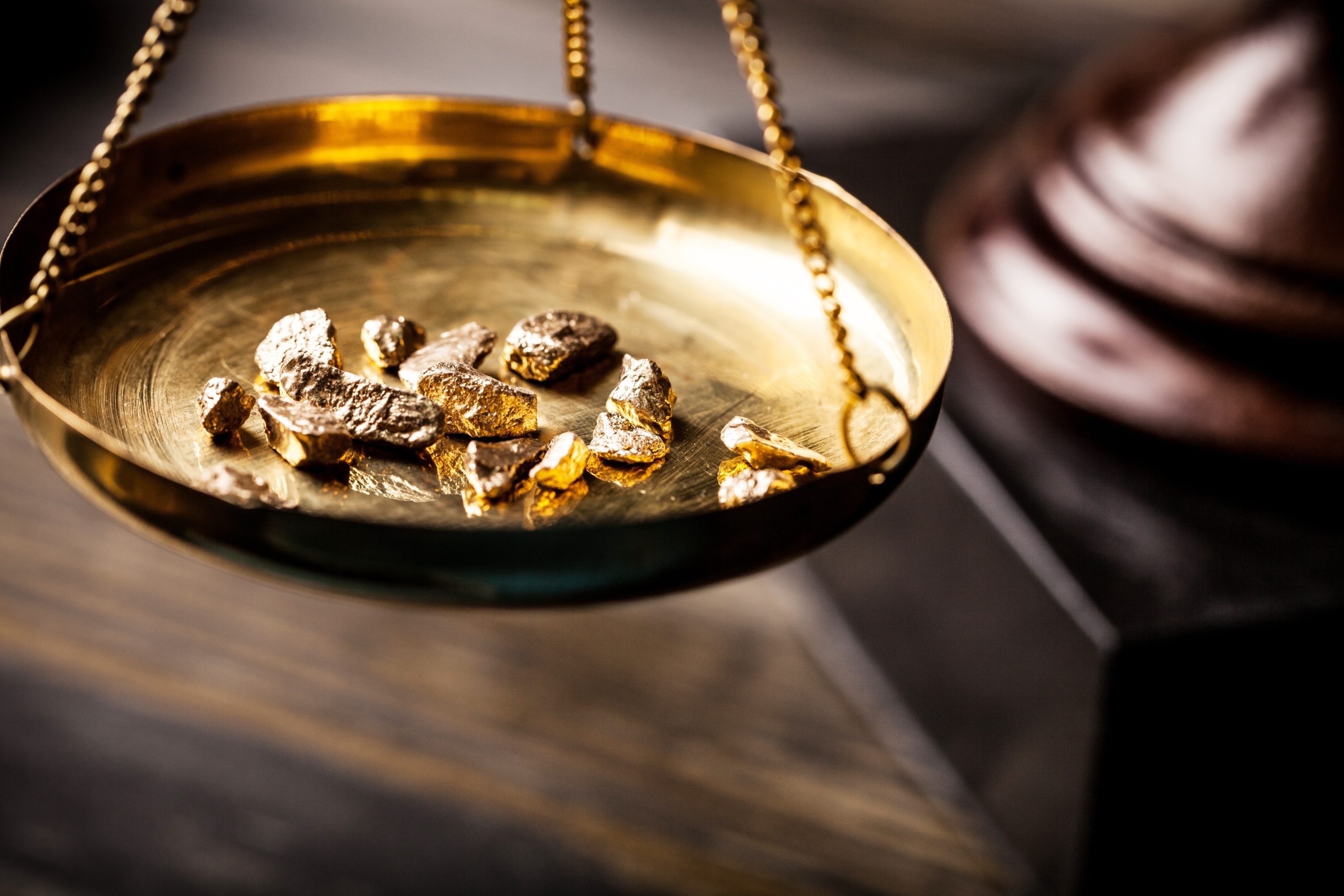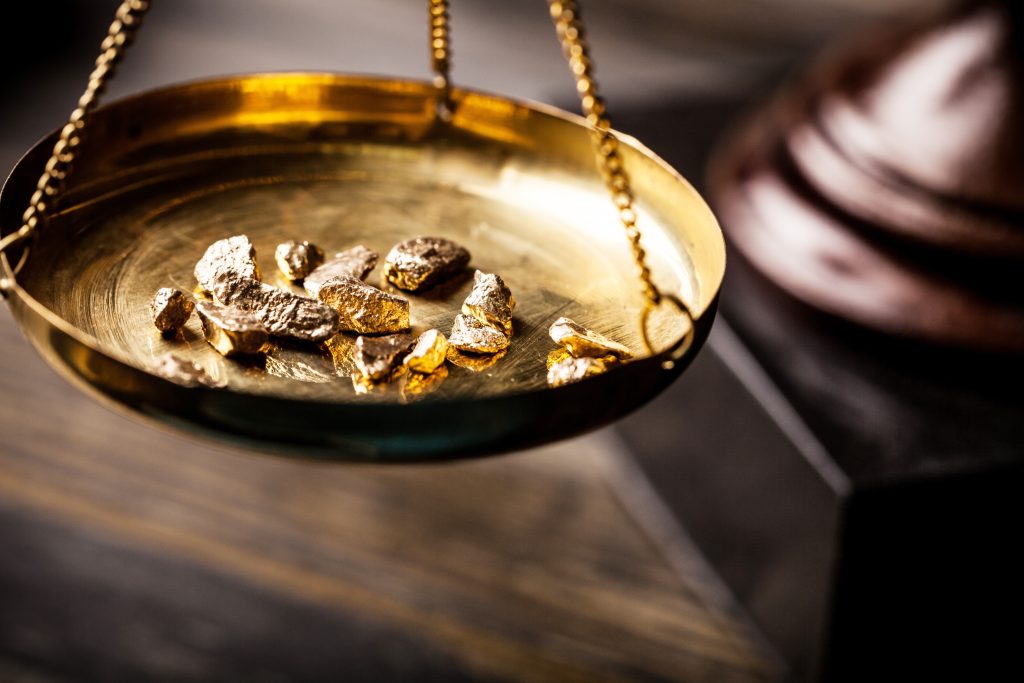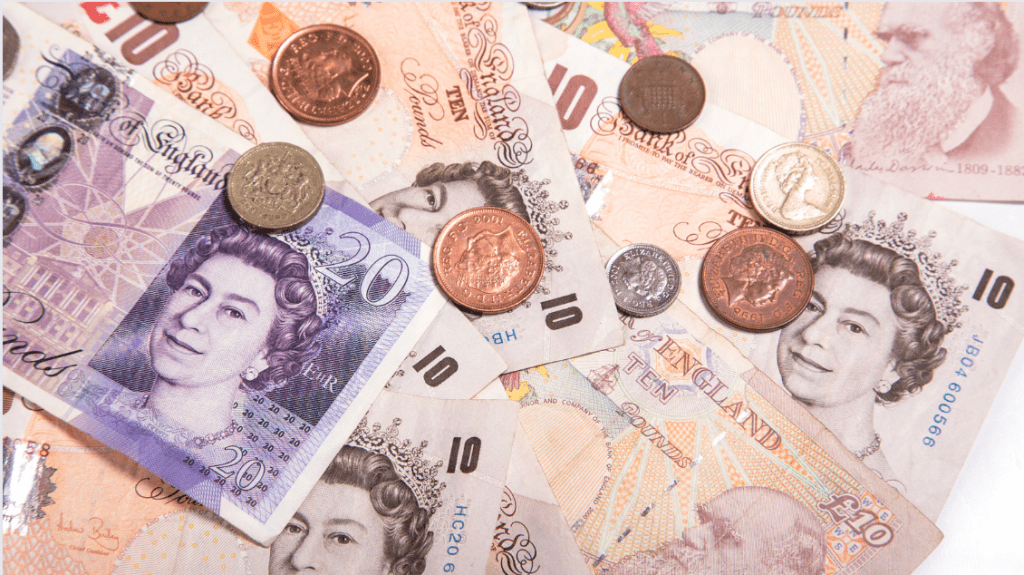Overview
The recent significant bank failure, Silican Valley Bank (SVB), which is the largest since the 2008 financial crisis, has sparked a renewed bullish sentiment in the gold market. Analysts predict that the increased demand for safe-haven assets will drive gold prices higher in the coming week.
Silicon Valley Bank
SVB specialised started about 40 years ago its clientele primarily comprised individuals and companies in various sectors, including technology, life science, healthcare, private equity, venture capital, and premium wine industries. The bank was particularly influential among Indian start-ups, as it was one of the few financial institutions that was willing to serve C corporations whose founders did not possess Social Security numbers
Collapse of SVB
In order to service SVB’s insured deposits, the FDIC established a new bank called the Deposit Insurance National Bank of Santa Clara. However, in 2022, SVB experienced significant losses due to an increase in interest rates and a major decline in growth in the technology industry, where the bank had a substantial amount of liabilities. According to reports, SVB had unrealized losses exceeding $15 billion for securities held to maturity as of December 31, 2022. Eventually, a bank run fueled by tech industry investors and inadequate risk management led to the bank’s collapse in early March 2023.
The Domino Effect of Bank Failures
Bank failures can increase gold prices as they erode investor confidence in the banking system and the stability of fiat currencies. When a bank fails, it may trigger a chain reaction of financial panic, causing investors to seek safe haven assets such as gold as a hedge against market instability.
Additionally, bank failures can lead to central banks and governments implementing policies that increase the money supply or lower interest rates to stimulate the economy. These measures can lead to inflation and weaken the value of fiat currencies, making gold a more attractive investment option as it maintains its intrinsic value over time.
Therefore, in times of economic uncertainty and bank failures, gold prices tend to rise as investors flock to the perceived safety and stability of gold as a store of value.
The Impact of the 2008 Financial Crisis on Gold Prices
The global financial crisis of 2008 had a significant impact on the price of gold. In the early stages of the crisis, investors were uncertain about the stability of the financial system and the value of fiat currencies. As a result, many investors turned to gold as a safe-haven asset to protect their wealth.
The increased demand for gold led to a surge in its price, as investors sought a hedge against the market instability and inflationary pressures. Gold prices rose from around $800 per ounce in late 2008 to a high of over $1,900 per ounce in September 2011.
Furthermore, the crisis led to central banks and governments implementing expansionary monetary policies to stimulate the economy and prevent a complete financial collapse. These policies, such as quantitative easing and low-interest rates, increased the money supply and weakened the value of fiat currencies, making gold a more attractive investment option.
Overall, the 2008 financial crisis had a significant impact on the price of gold, driving demand for the precious metal as a safe-haven asset and leading to a sustained period of price growth.
Current Market Conditions and Predictions for Gold Prices
As global economic uncertainty persists, analysts are predicting that gold prices could reach $1,900 per ounce, similar to the levels seen during the 2008 financial crisis. The current market conditions, including low-interest rates and inflationary pressures, are fueling demand for gold as a safe-haven asset. Additionally, ongoing geopolitical tensions and the COVID-19 pandemic are creating an environment of economic instability, which is causing investors to seek the perceived safety of gold. With these factors in mind, analysts believe that gold prices will continue to rise in the coming months, potentially reaching the levels seen during the GFC.
According to analysts, gold is expected to maintain its appeal as investors seek to safeguard themselves against inflation and potential financial instability. Furthermore, analysts have observed that the collapse of SVB may indicate the conclusion of the Federal Reserve’s tightening cycle.
Conclusion
The recent collapse of Silicon Valley Bank (SVB) has reignited interest in the gold market, as investors seek safe-haven assets to protect themselves against financial turmoil and inflation. Bank failures erode investor confidence in the banking system and fiat currencies, leading to a surge in demand for gold as a store of value. The 2008 financial crisis had a similar effect on gold prices, driving demand for the precious metal as a safe-haven asset and leading to a sustained period of price growth. With ongoing economic uncertainty and geopolitical tensions, analysts predict that gold prices will continue to rise, potentially reaching the levels seen during the global financial crisis. In this environment, gold is expected to remain an attractive investment option, particularly as central banks and governments implement expansionary monetary policies to stimulate the economy. Overall, the collapse of SVB serves as a reminder of the importance of diversification and the role of gold as a hedge against market instability.















